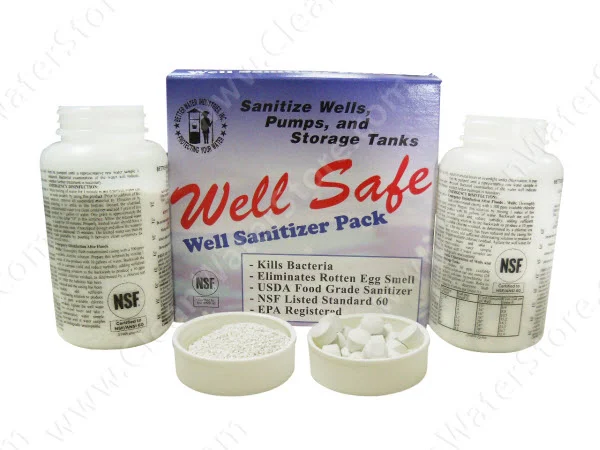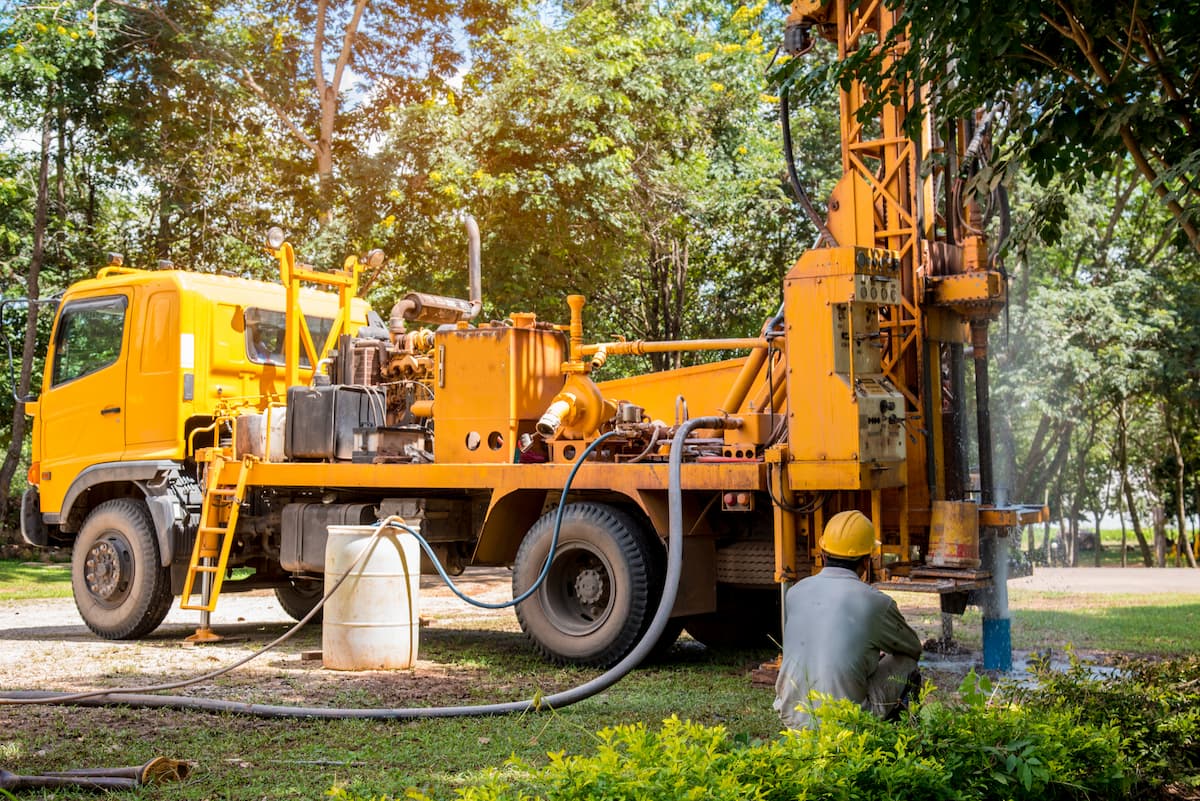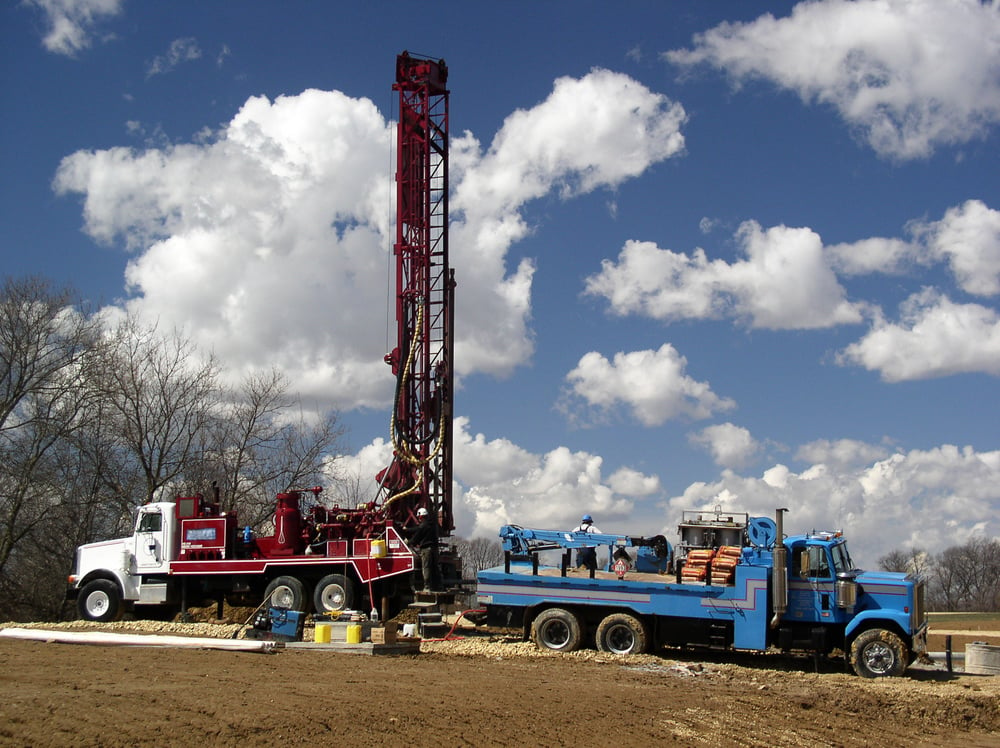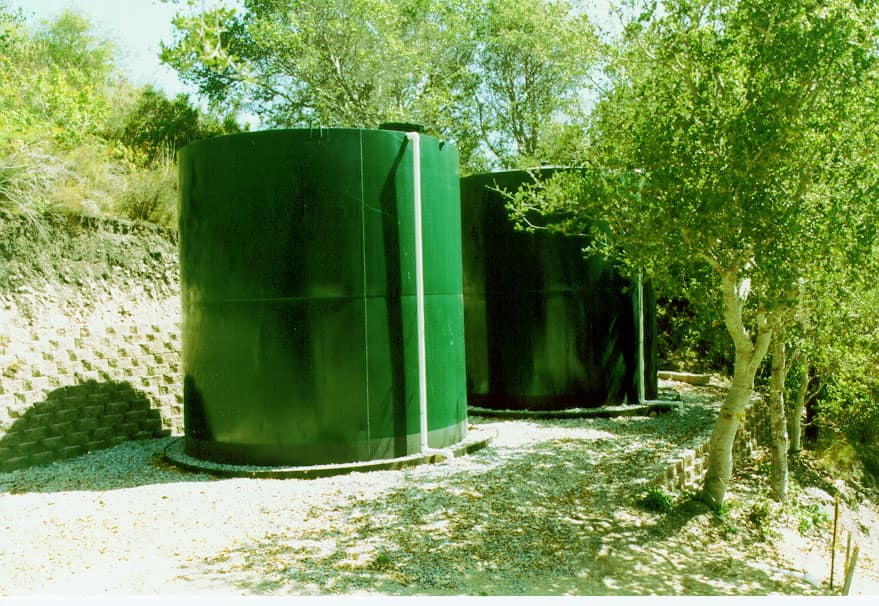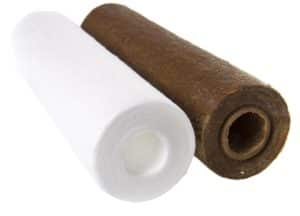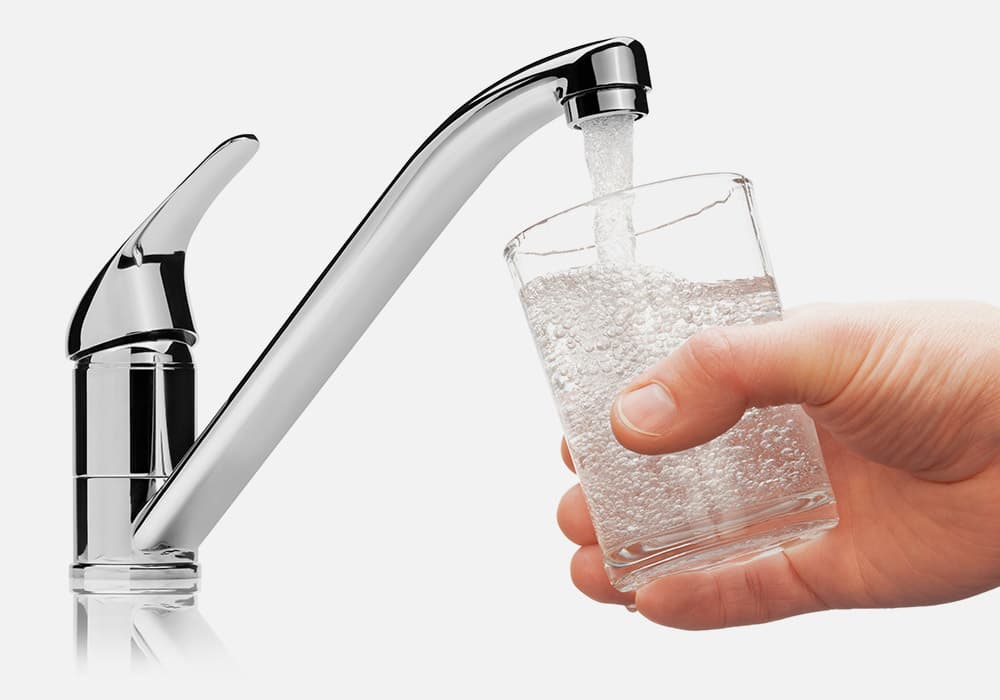Top 9 Causes of Copper Corrosion in Home Piping Systems
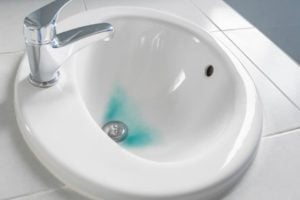
According to some estimates, copper corrosion costs the United States more than $1 billion a year.
Copper corrosion in home plumbing systems is a common phenomenon that can have many causes.
Besides actual piping failure, the telltale blue stains the oxidized copper leaves on sinks, tubs, and fixtures can identify copper corrosion.
Often laundry and even blonde hair can be tinted blue. Copper can be toxic, and water-containing levels over 1.0 mg/L should not be used for drinking.
If there are iron pipes present, the water can be colored rust or reddish and contain metallic or sulfur odors and sediment. Corrosion can cause the piping to fail, sometimes in less than 10 years!
What is Corrosion?
Corrosion is “the deterioration of a substance or its properties due to a reaction with its environment.” In plain words, the metal from the piping dissolves into the water as a result of various causes, causing pipe failure and corrosion of water heaters, appliances, and fixtures.
In plumbing systems, corrosion is due to physical and chemical reactions between the pipe material and water.
(If want to learn more about Copper Corrosion and water, check this post out.)
Top 9 Causes Of Copper Corrosion Problems
1. Low pH (acid water less than 7.0)
2. High pH (alkaline water greater than 8.5)
3. High levels of dissolved oxygen
4. High levels of salts dissolved in the water (total dissolved solids)
5. Corrosion-causing bacteria such as sulfate or iron bacteria
6. Electrochemical causes, such as improper grounding of electrical appliances to the copper piping, and/or lightning strikes through utility poles grounding wires
7. High velocity of water, relative to the size of piping, causing hydraulic wear on the piping, sometimes found in circulating hot water systems using pumps
8. Sand, sediment, or other grit in the water causing hydraulic wear on the piping
9. Improper installation of copper piping by failure to properly de-burr or ream the ends of the pipe and/or the use of excessive acid flux when soldering the pipes.
What Can Be Done to Stop Copper Corrosion in Homes
Identify the source and severity of the problem by inspection of the piping system and getting an accurate water analysis, especially if you are on well water.
- Verify if there are unnecessary electrical appliances or wiring connected to the piping and if the piping system is properly grounded to earth ground. Verify to make sure that there is electrical continuity throughout the piping system. For instance, the copper piping should not be separated electrically by plastic water filters, sections of plastic pipe, plastic water softener bypass valves, etc. Install jumper cable around these items.
-
Get a Corrosion Test Kit with Copper Tests Check for pH, hardness, alkalinity, temperature, and total dissolved solids, and calculate LSI (Langelier Saturation Index) to see if the water is aggressive or corrosive.
- Cut out sections of the copper piping, cut in half, and inspect the type of corrosion present and for signs of poor workmanship by the installers. Replace copper pipe if necessary.
- Install a calcite neutralizer tank, or a soda ash feeder to raise the pH to 7.2 to 8.0 to correct for low pH and increase the alkalinity in the water.
- Set up a phosphate feeder before the copper piping. Phosphate can coat the piping and reduce corrosion effects by coating the interior surfaces of the piping with food-grade phosphate, causing an insulation surface to be built up.
- In case of high total dissolved solids (over 1000 ppm) install a whole house reverse osmosis system, followed by a calcite neutralizer.
- Install a chlorinator or ozone system to disinfect the water before it enters the home if your water has bacteria and/or sulfur odors.
On City Water? If your water is supplied to you by a municipal utility, then the first place to start is by calling your water utility and reporting the problem. If this is an isolated case and none of your neighbors are having a corrosion problem, you should suspect that the cause is either improper grounding, stray currents, or improper installation of the copper pipe. Get a good home test kit with copper tests so you can do your own testing at home.
- On Well Water? The first task you should do, if you take your water from a private well, is to get an accurate water analysis. The water analysis should be for pH, total hardness, alkalinity, total dissolved solids, iron, manganese, nitrate, chloride, sulfate, and copper. Measure temperature as well.
More ways to prevent corrosion
Plumbing engineers and system designers can significantly reduce pipe corrosion by making simple design adjustments.
- Minimize velocity. Use larger diameter piping to keep velocities low:
Cold line velocity should be less than 8 feet per second
Hotlines should be less than 4 feet per second.
- Minimize hot water temperature. Make sure return lines in a circulating hot water system have the same diameter as the supply lines.
- Avoid stagnant sections; minimize direction and size changes.
- Specify low-corrosivity water-flushable fluxes
- Avoid stagnant sections
- Minimize direction and size changes
- Prevent electrical currents by grounding directly to a copper rod driven into the earth. Do not attach a grounding wire to water pipes other than the main pipe ground. Route wires away from water pipes and don’t use galvanized nails that touch copper piping. CAUTION: This may need to be done by a qualified electrician.
- Avoid induced stresses – provide enough pipe support and allow for thermal expansion.
- Consider non-copper pipe (e.g., PEX or stainless steel) wherever its use is permitted.
- Use non- or low-lead faucets, valves, and appurtenances. Use low-flow fixtures and appliances and aeration faucet outlets.
- Choose fluxes that meet ASTM B813 standard.
- Specify that copper tube and fittings be installed according to ASTM B828-92 standards
- Emphasize careful reaming of the cut ends to reduce turbulence. Plumbing inspectors and the Copper Development Association both report that un-reamed tubing corrodes and fails much more quickly than tubing which is properly reamed.
- Use correct ASTM B813 fluxes. Using excess flux or a corrosive flux cause early pipe failures.
Fast Help Form Click Here
Best Plumbing Practices to Eliminate Copper Corrosion
>


 Identify the source and severity of the problem by inspection of the piping system and getting an accurate water analysis, especially if you are on well water.
Identify the source and severity of the problem by inspection of the piping system and getting an accurate water analysis, especially if you are on well water.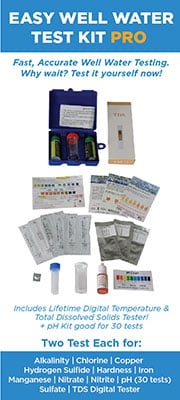
 On City Water? If your water is supplied to you by a municipal utility, then the first place to start is by calling your water utility and reporting the problem. If this is an isolated case and none of your neighbors are having a corrosion problem, you should suspect that the cause is either improper grounding, stray currents, or improper installation of the copper pipe.
On City Water? If your water is supplied to you by a municipal utility, then the first place to start is by calling your water utility and reporting the problem. If this is an isolated case and none of your neighbors are having a corrosion problem, you should suspect that the cause is either improper grounding, stray currents, or improper installation of the copper pipe. 


